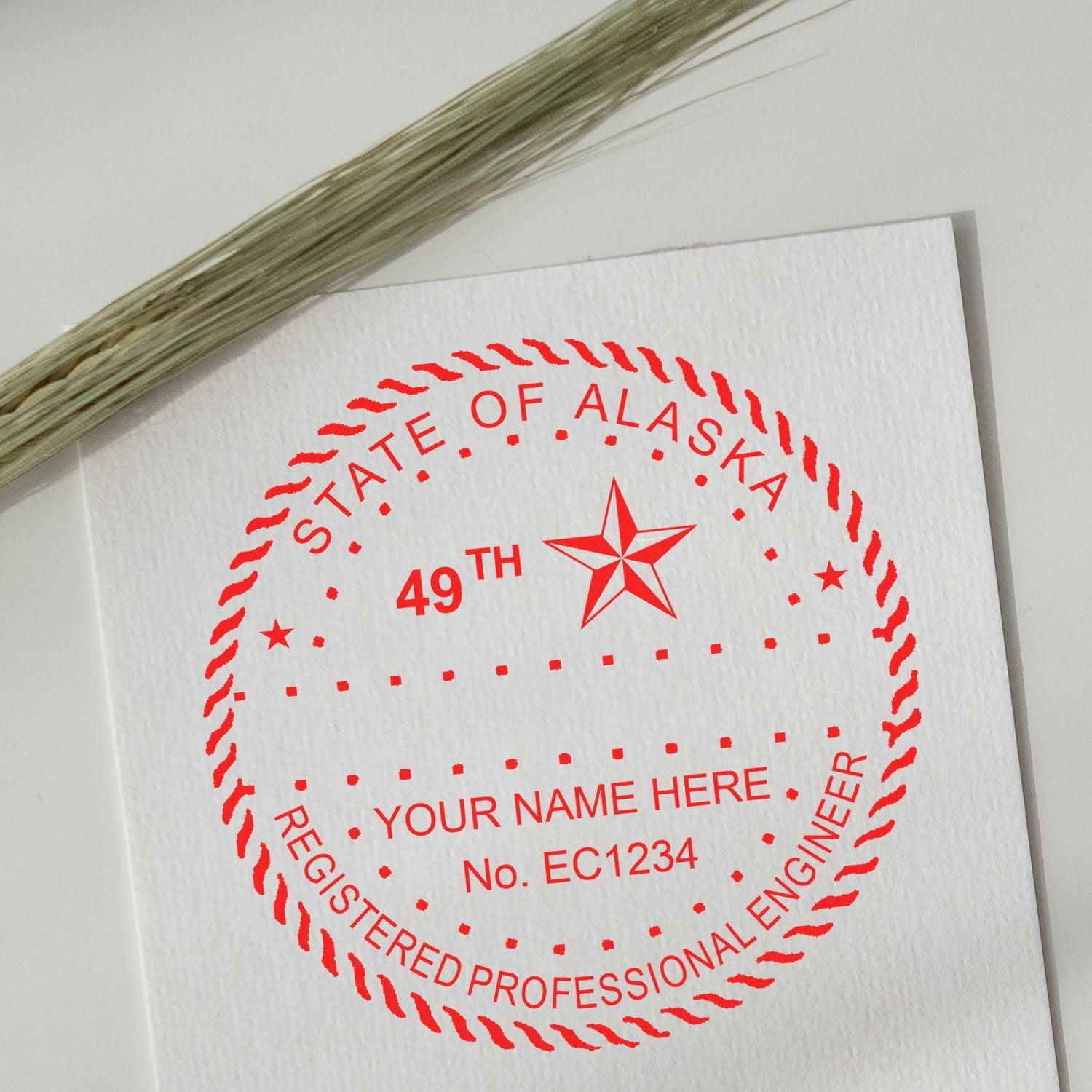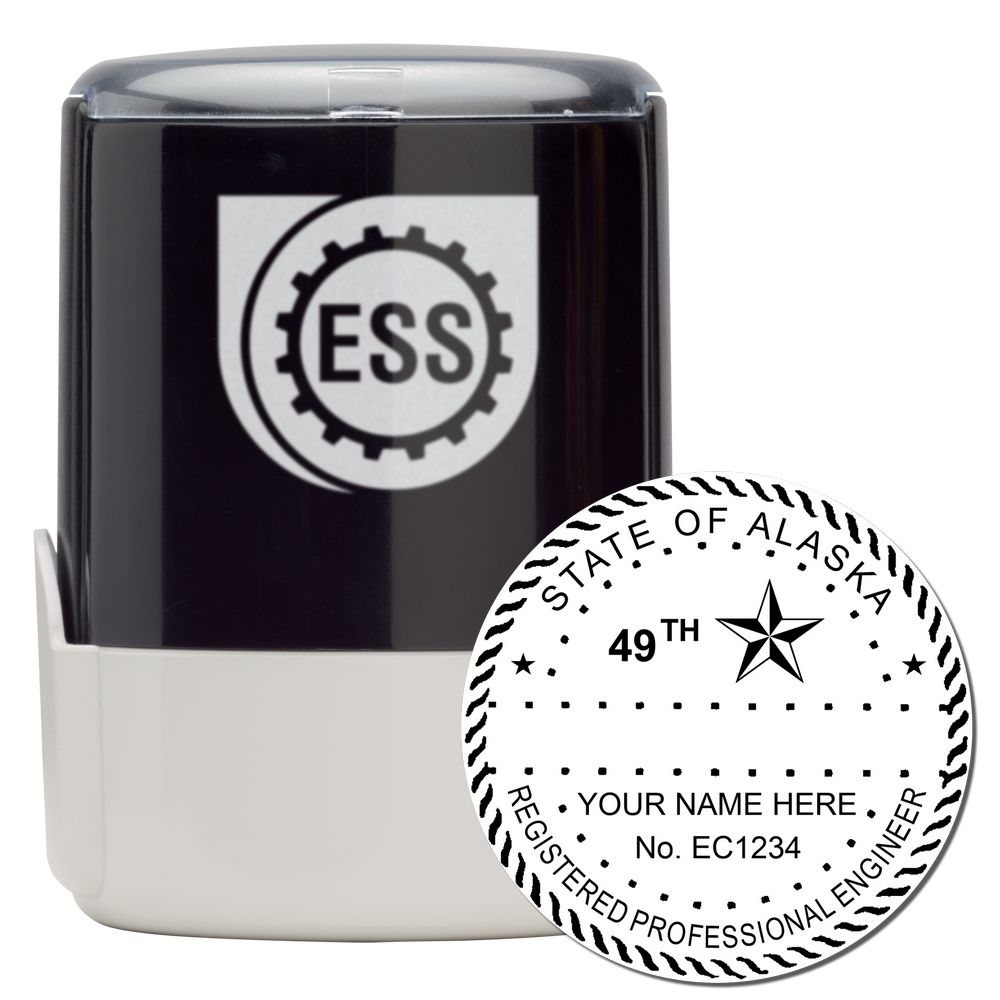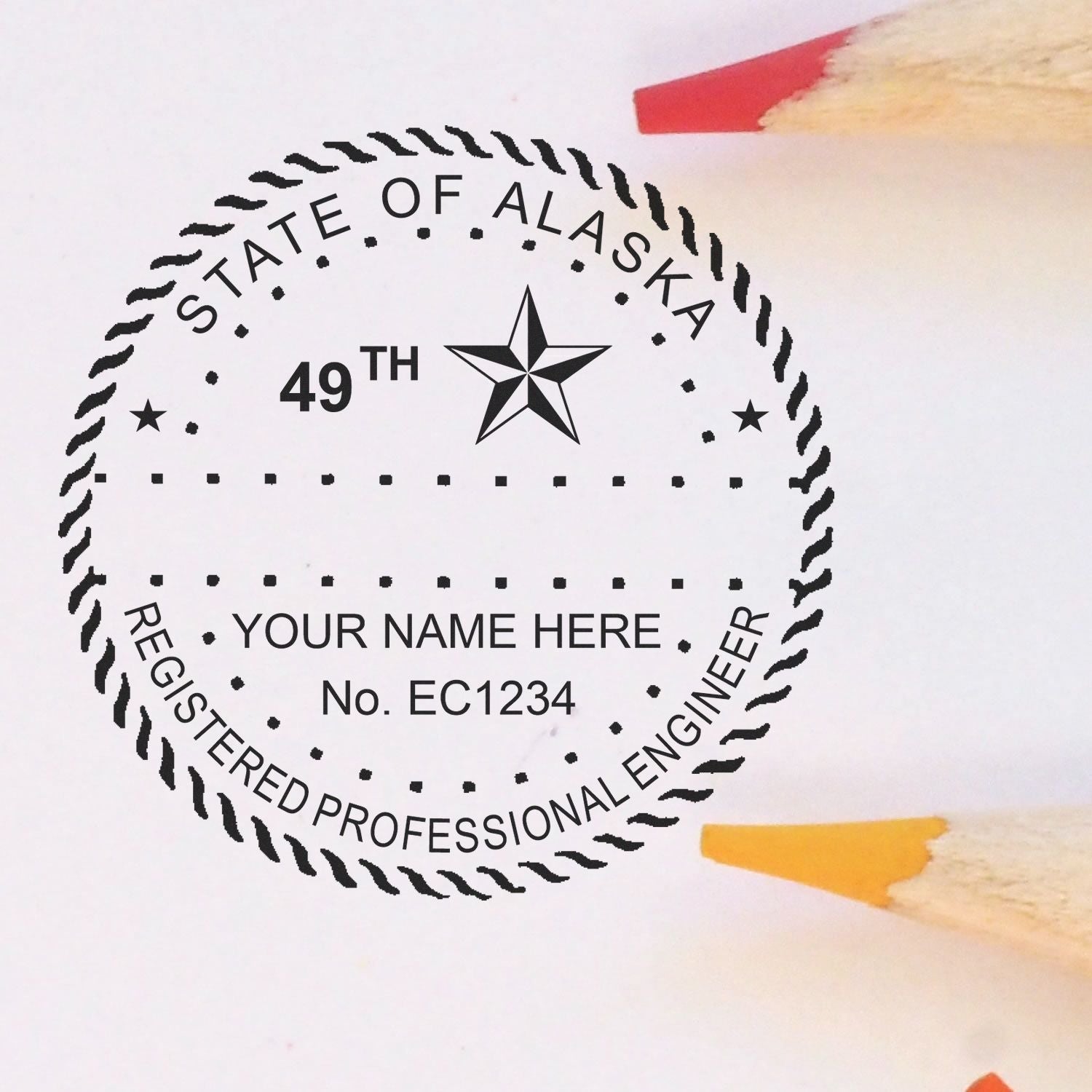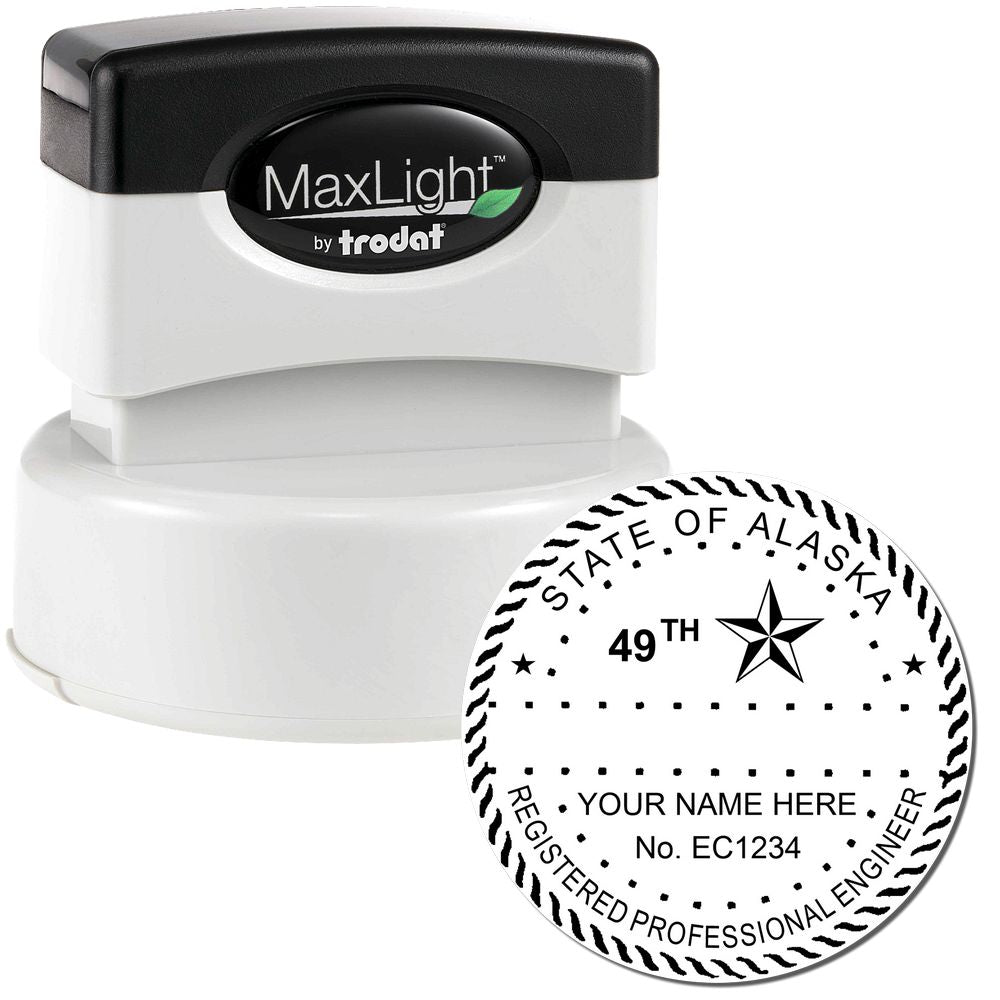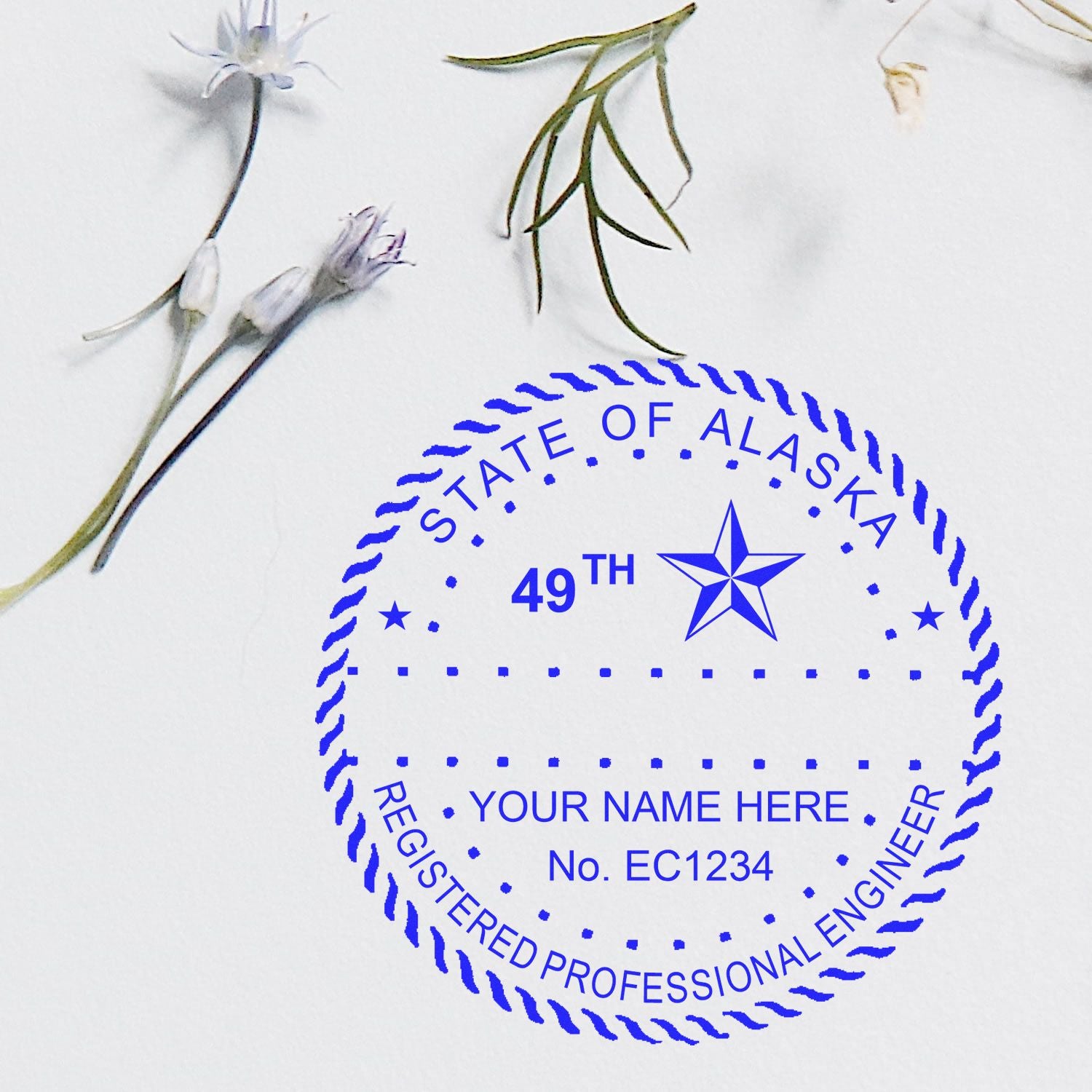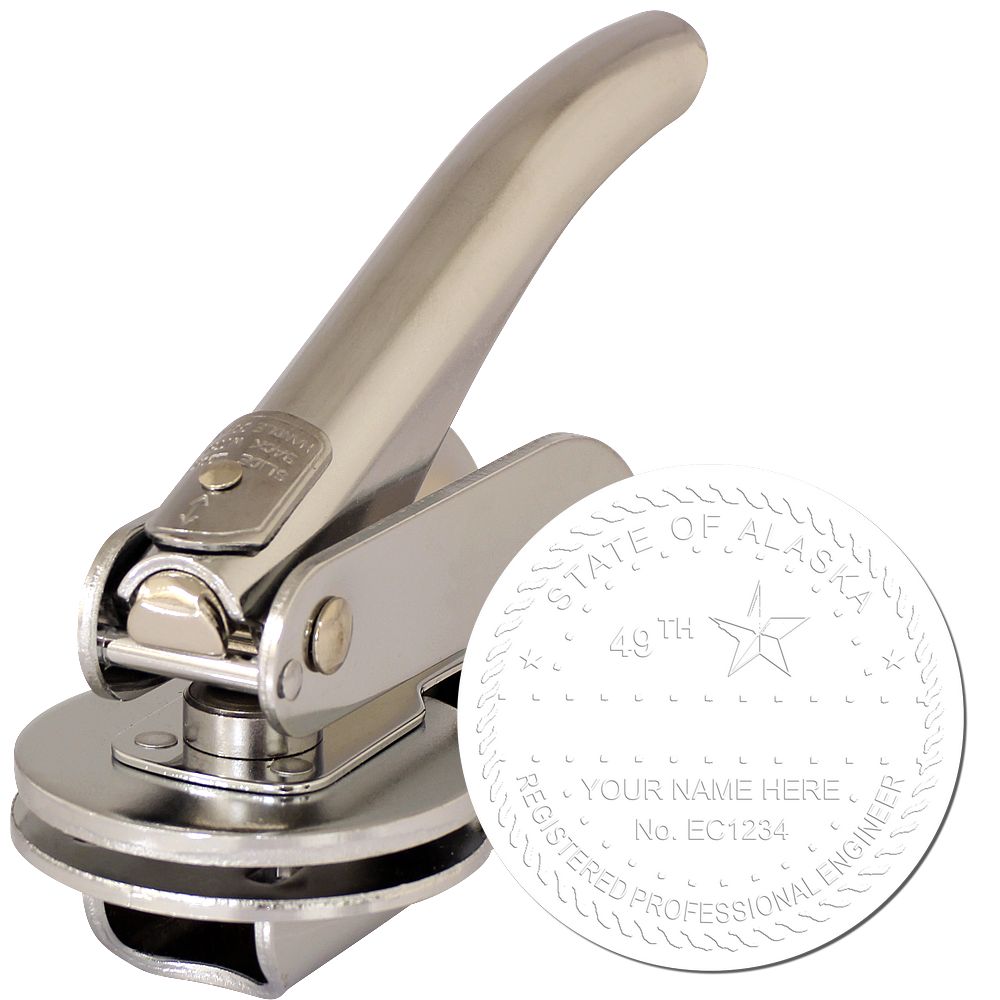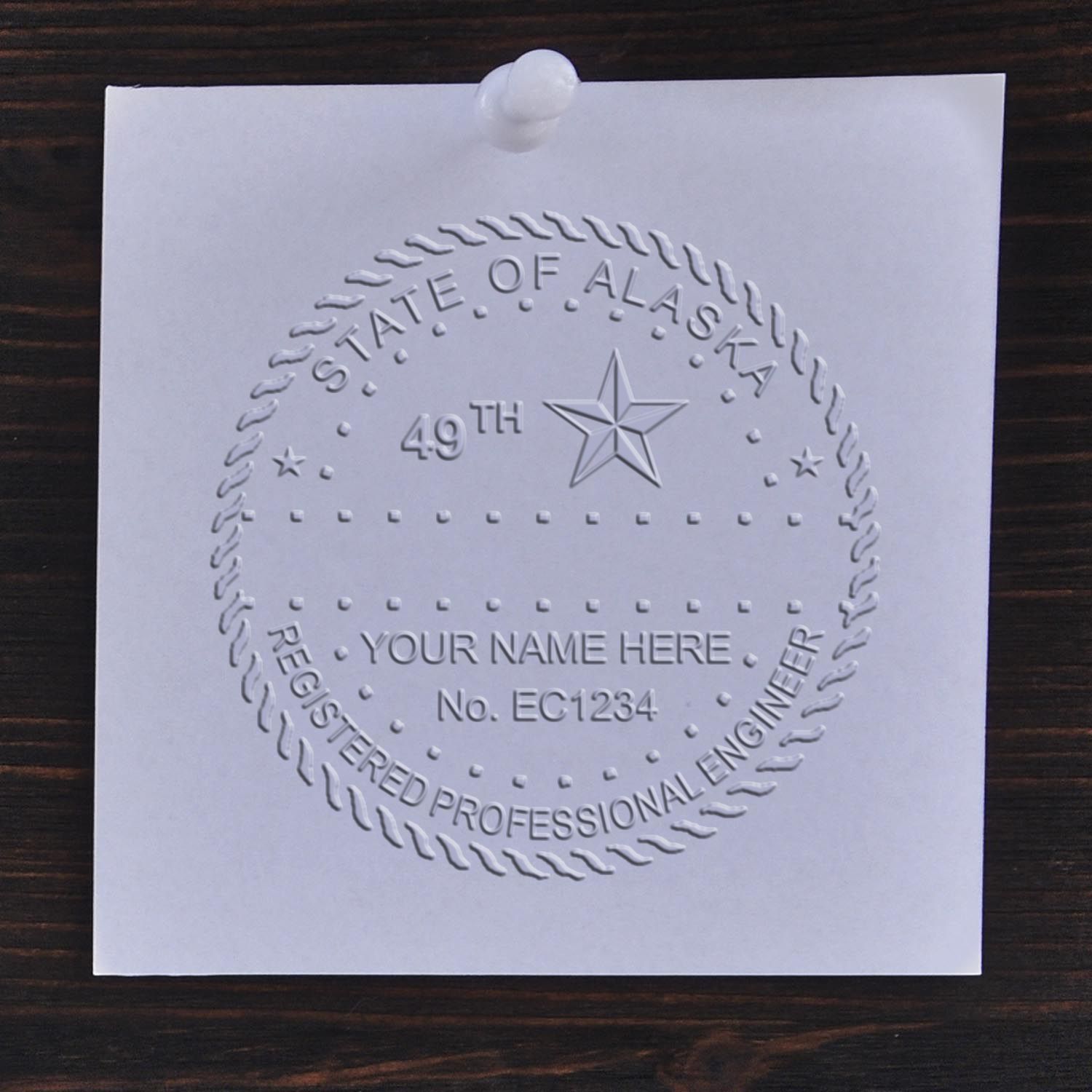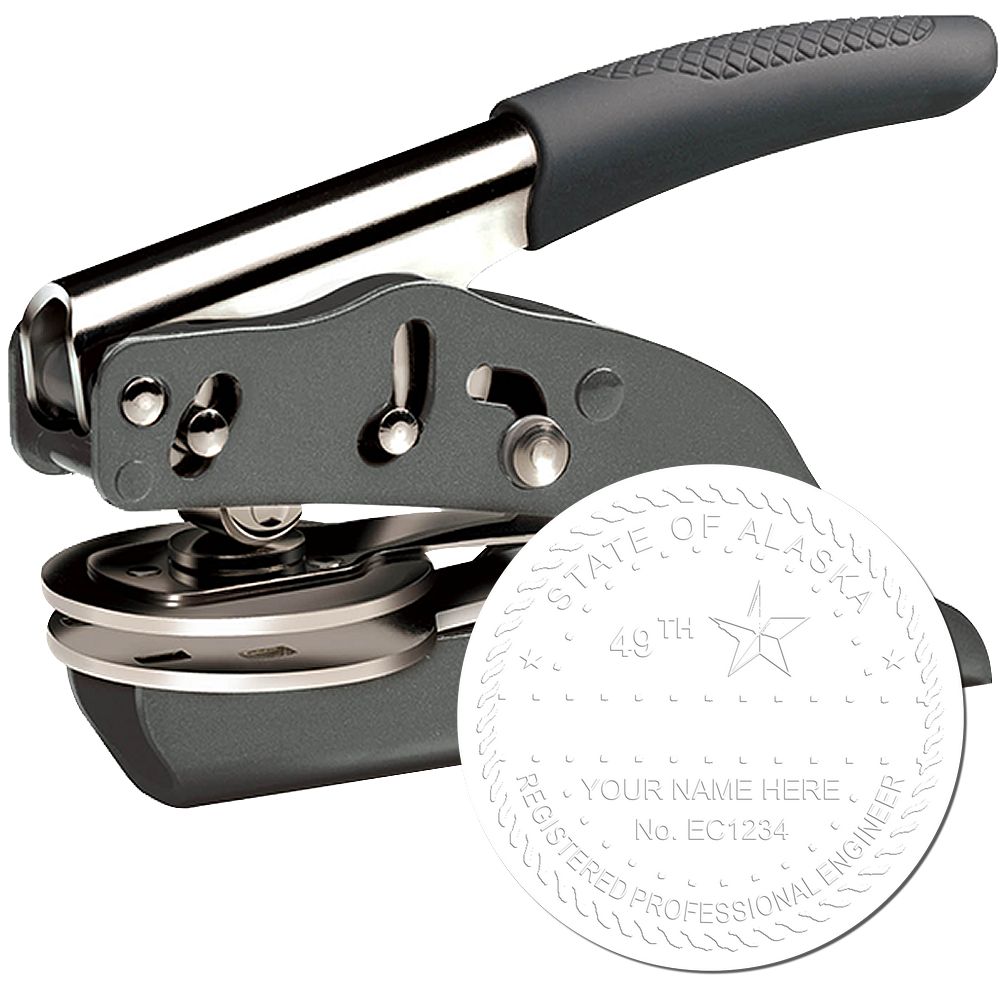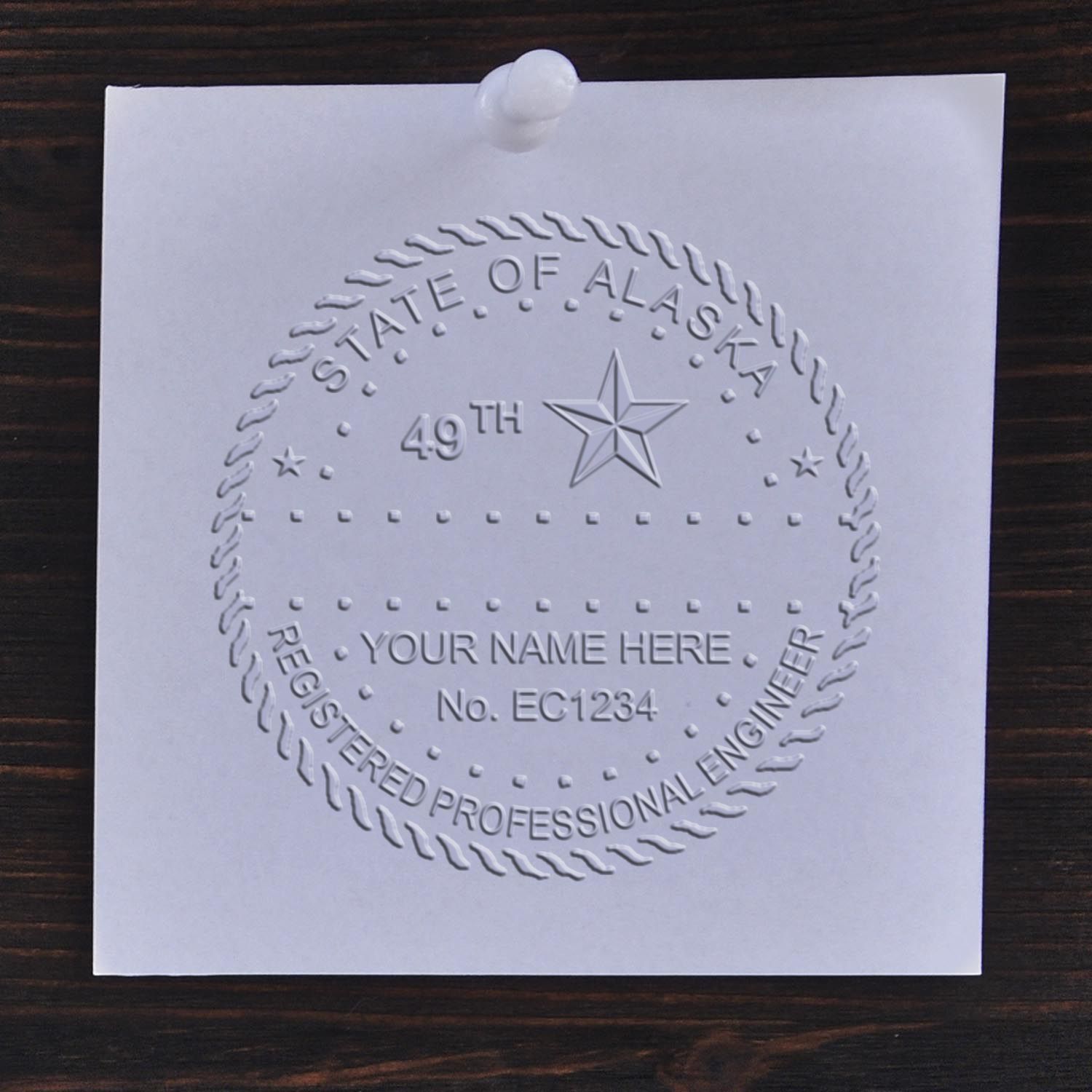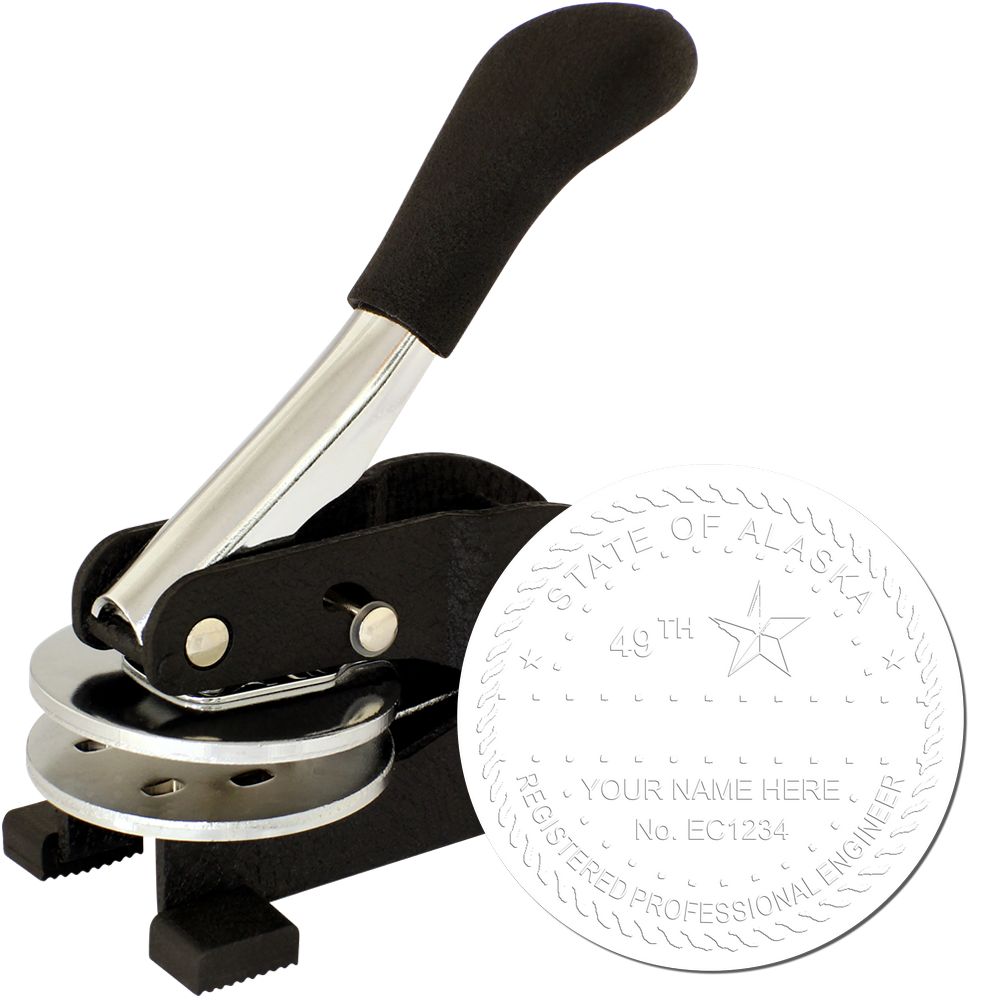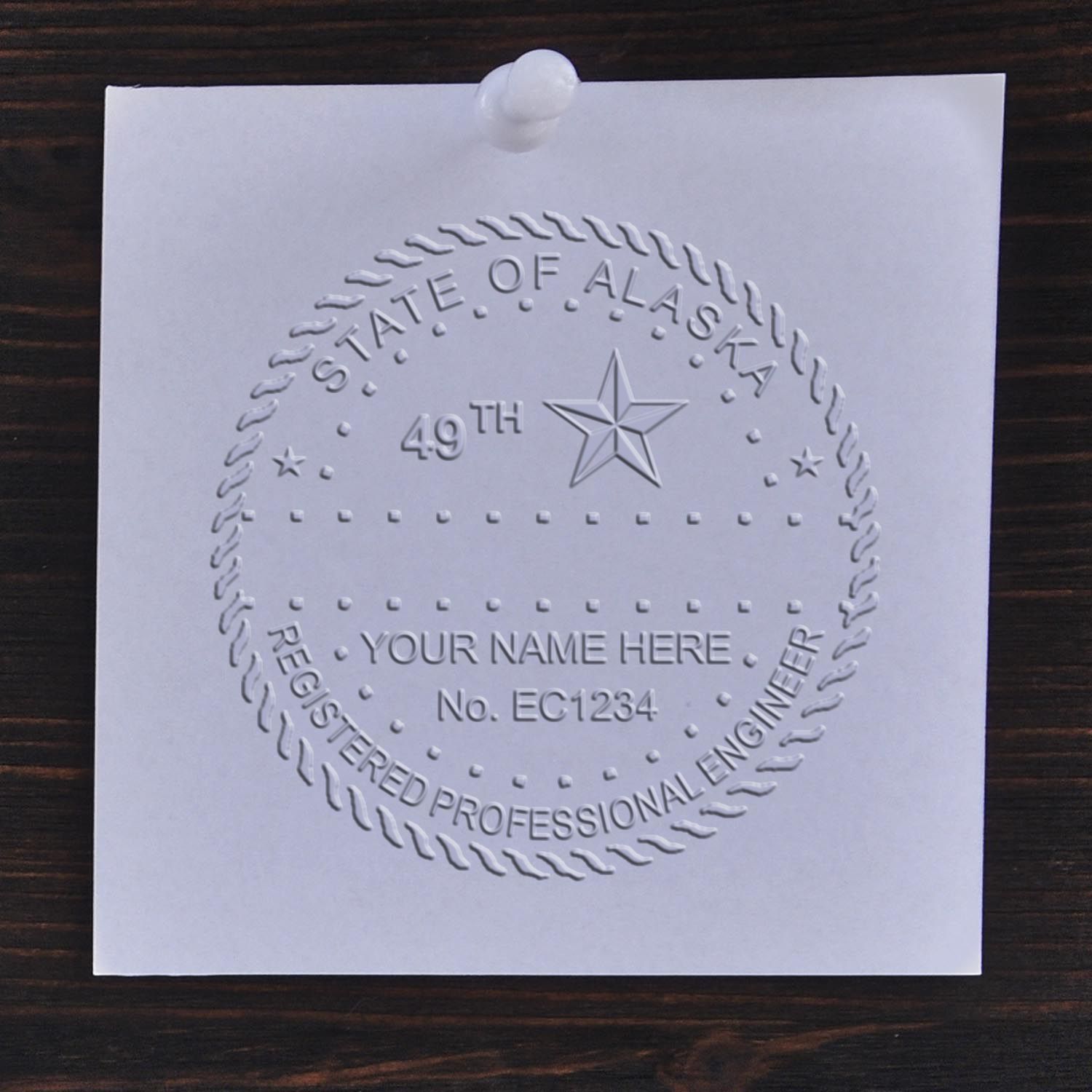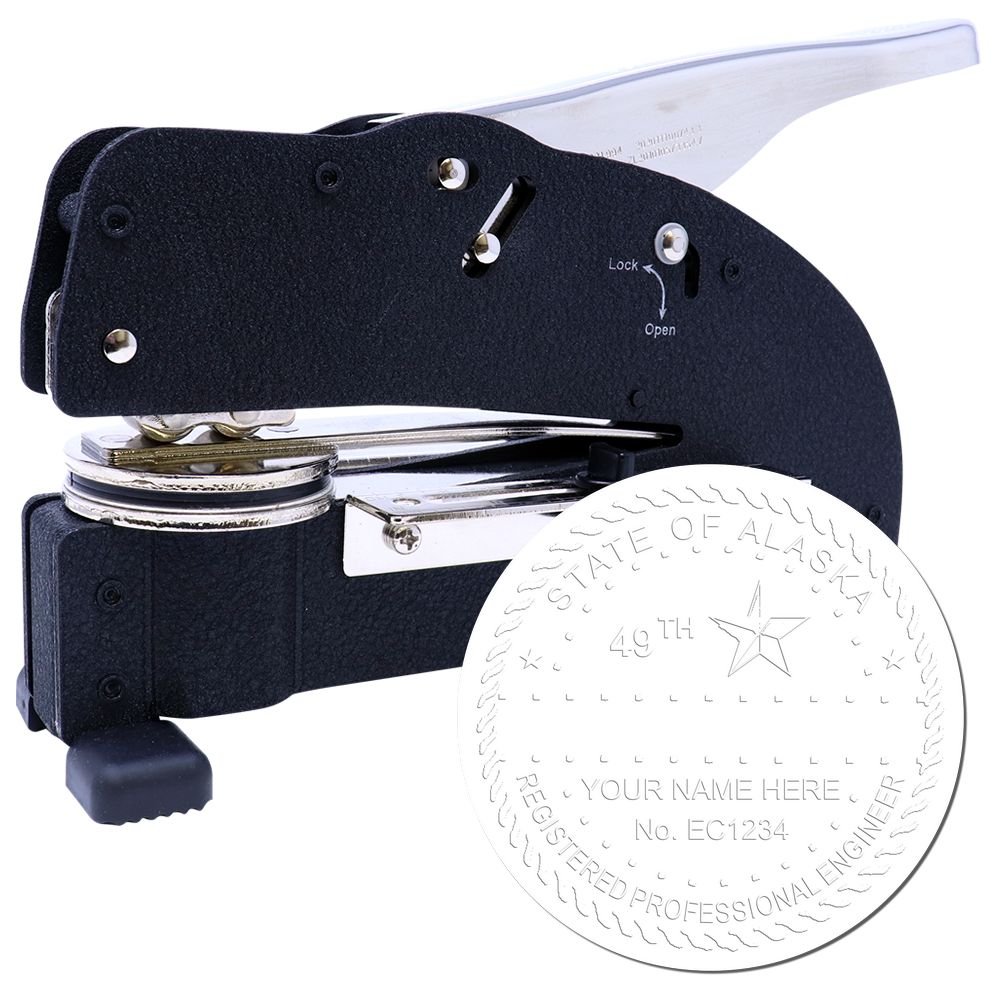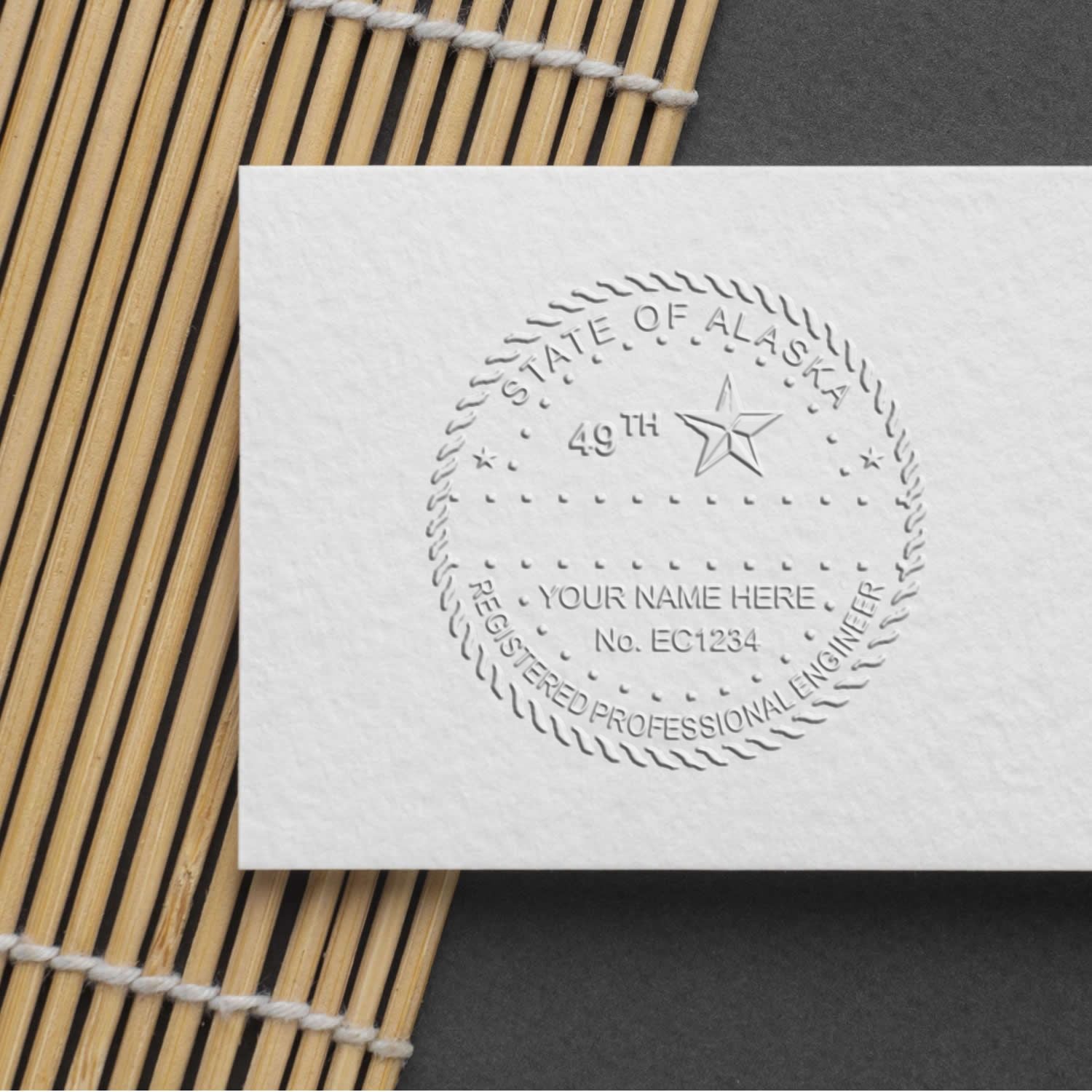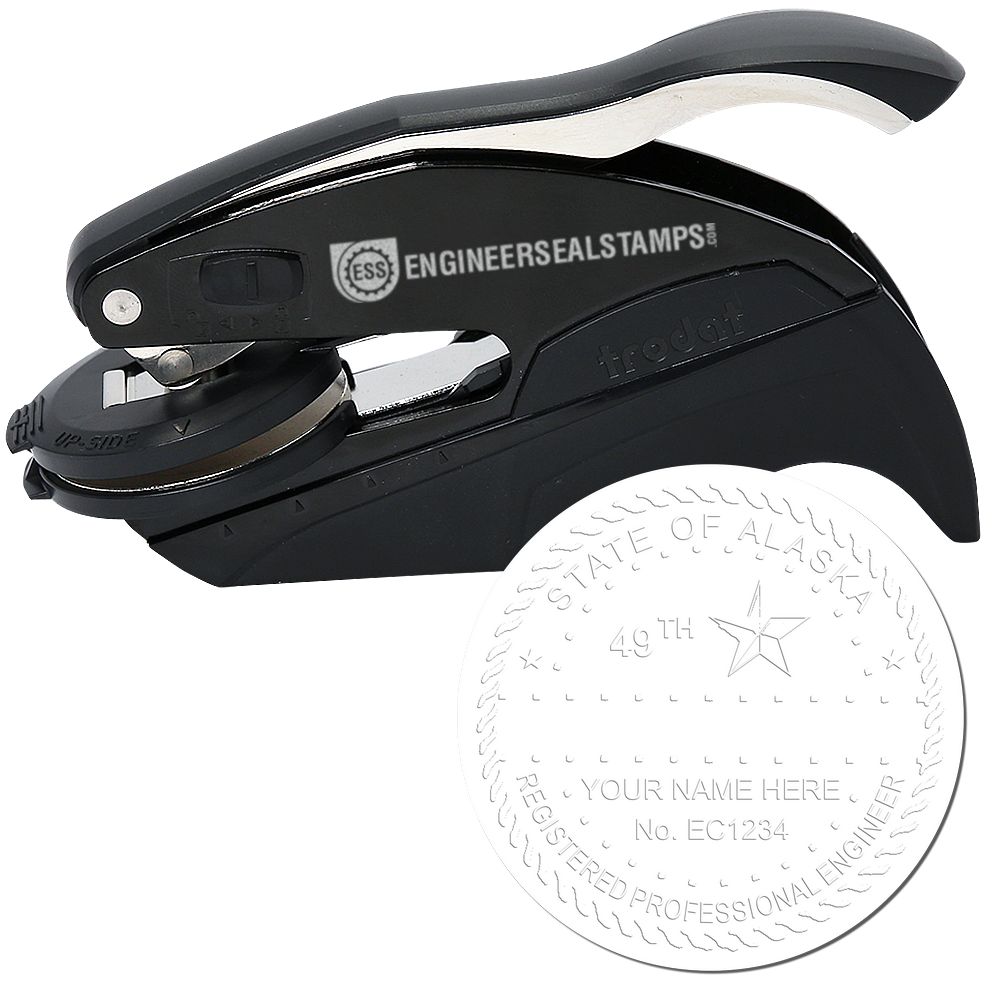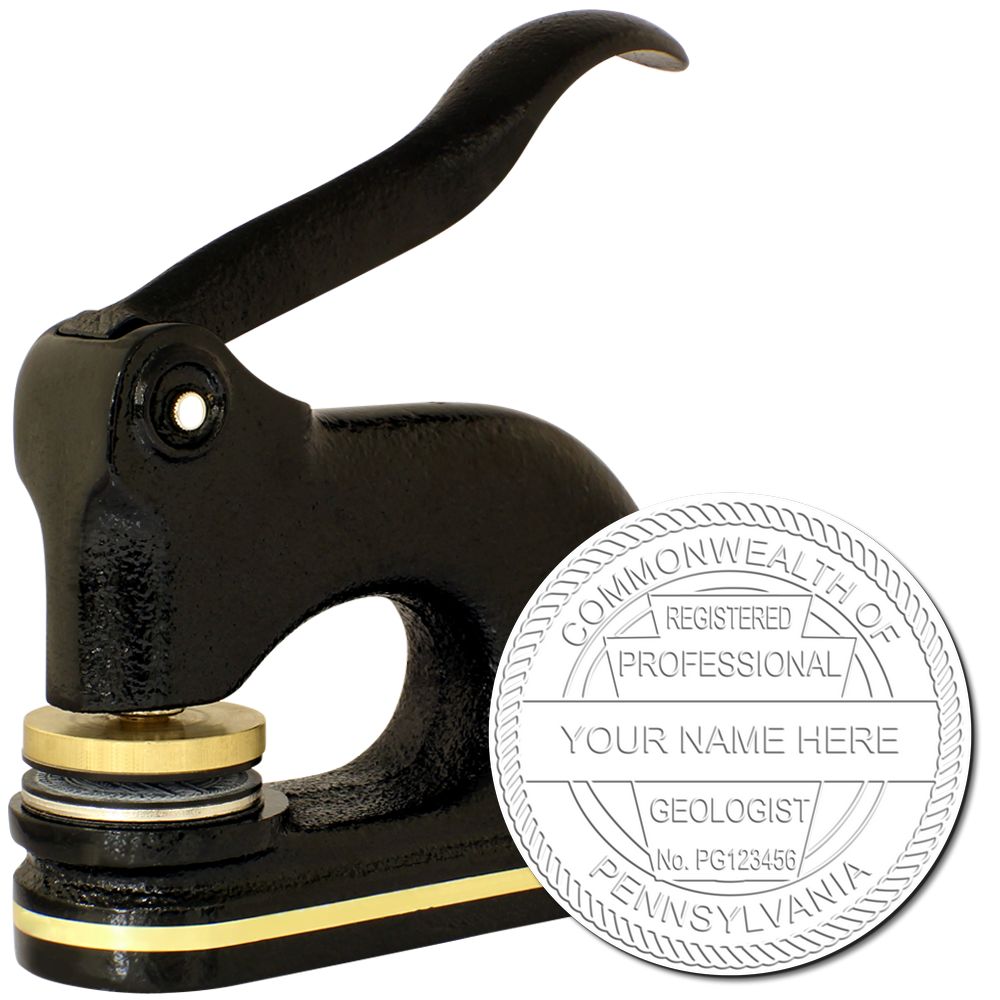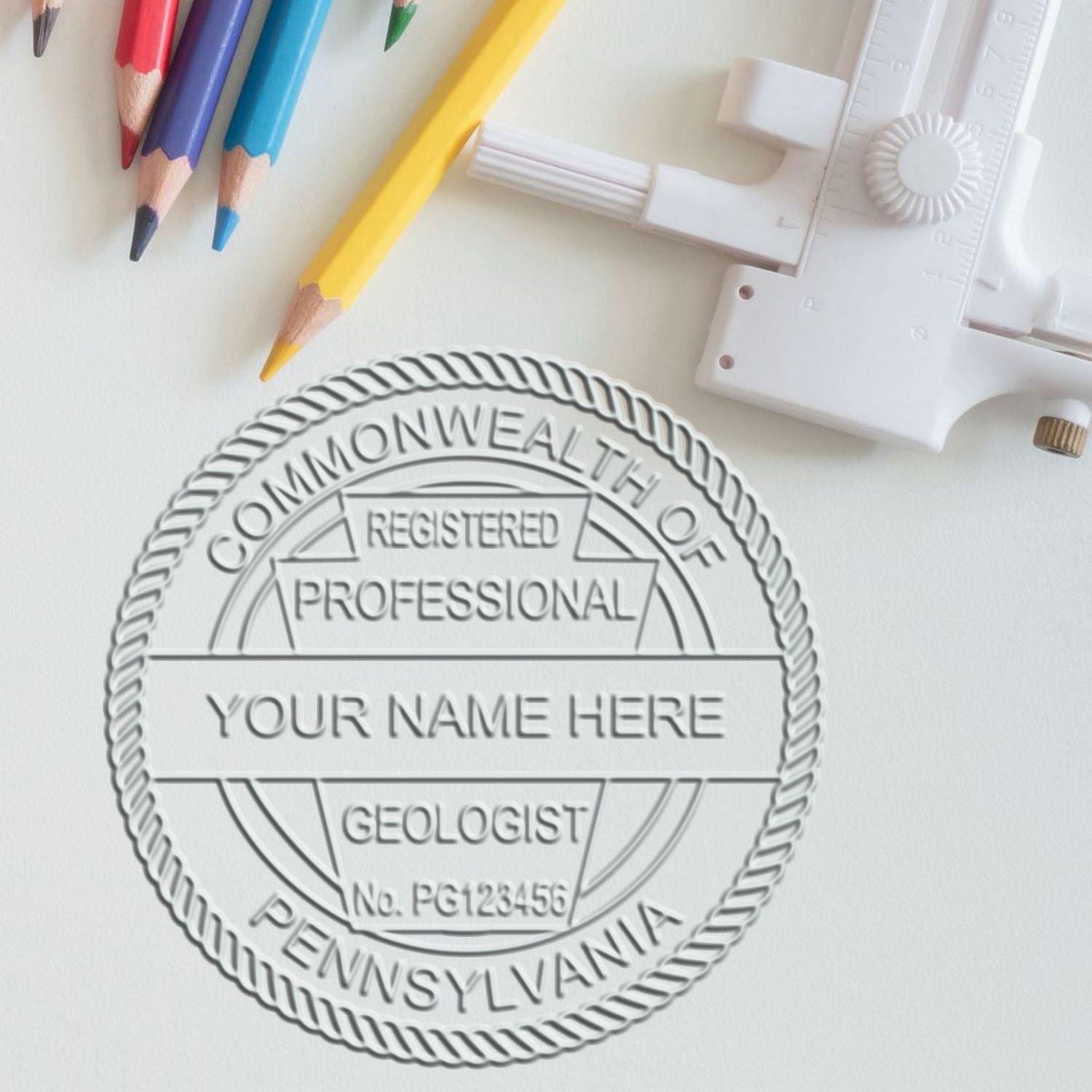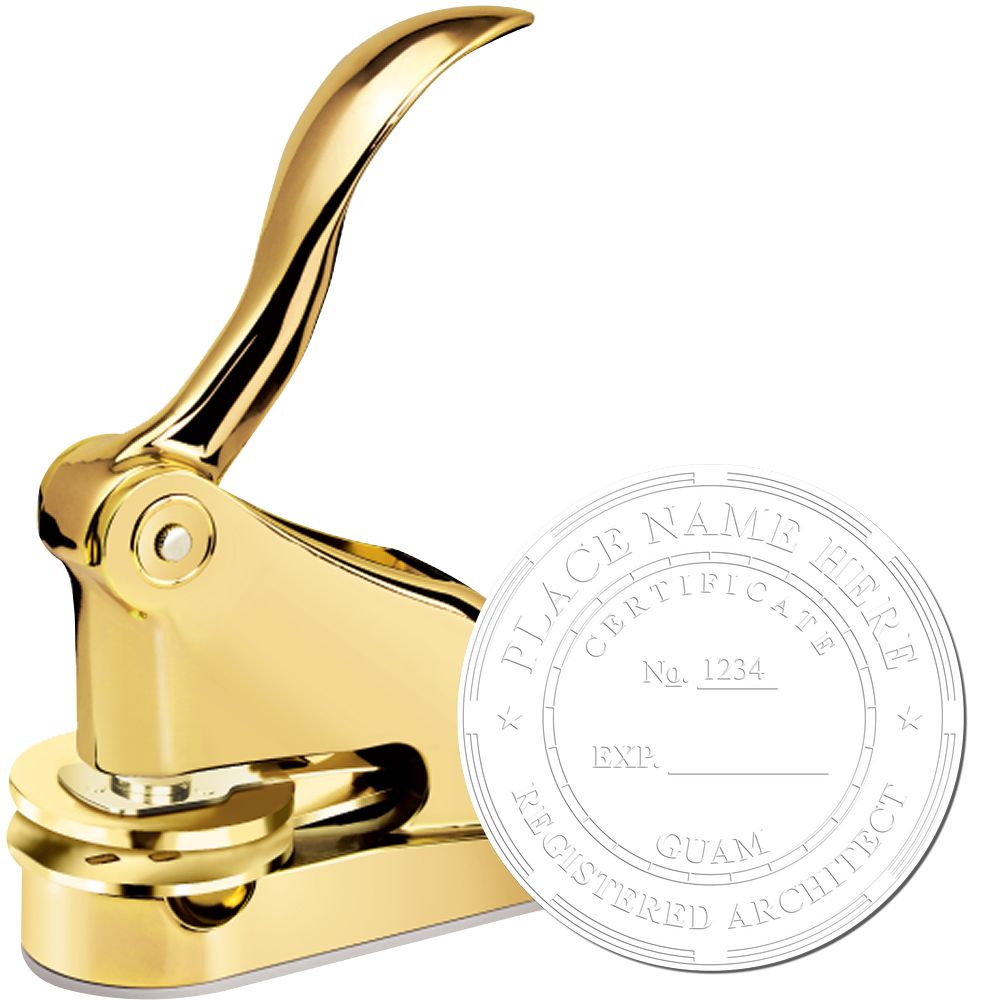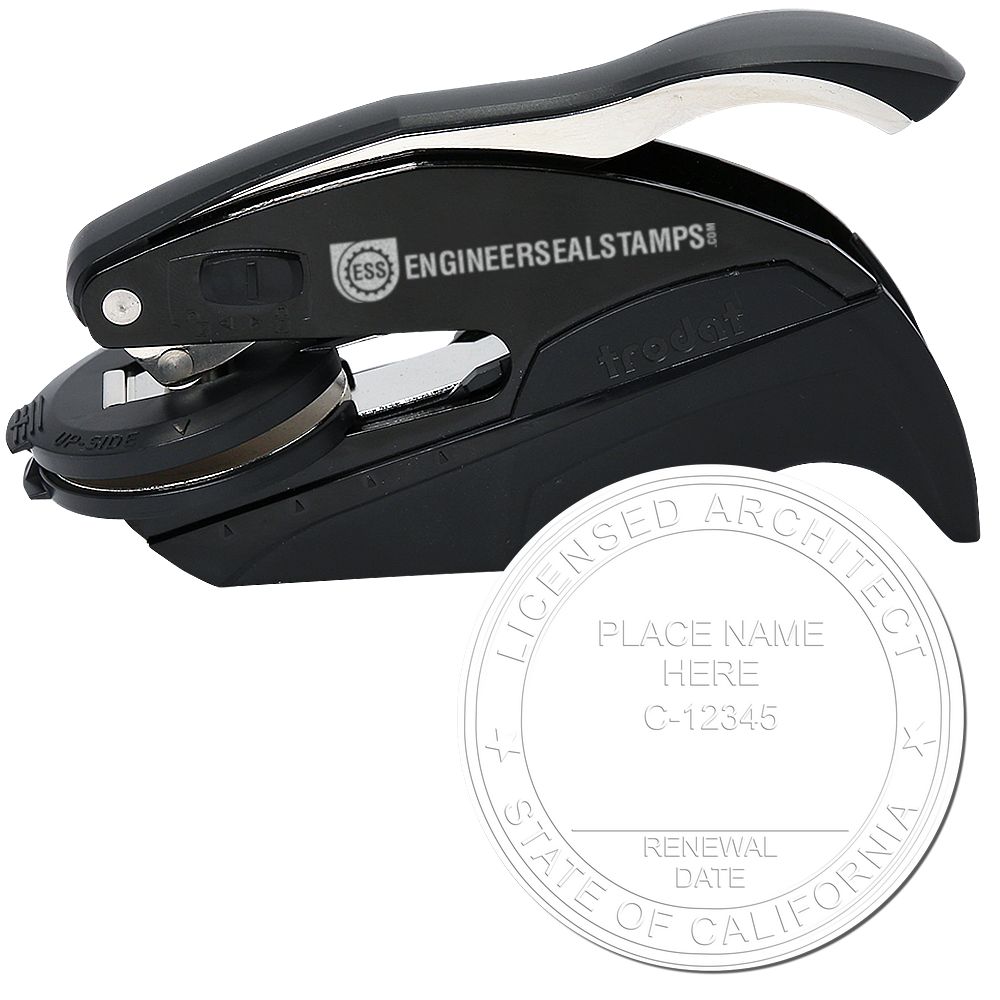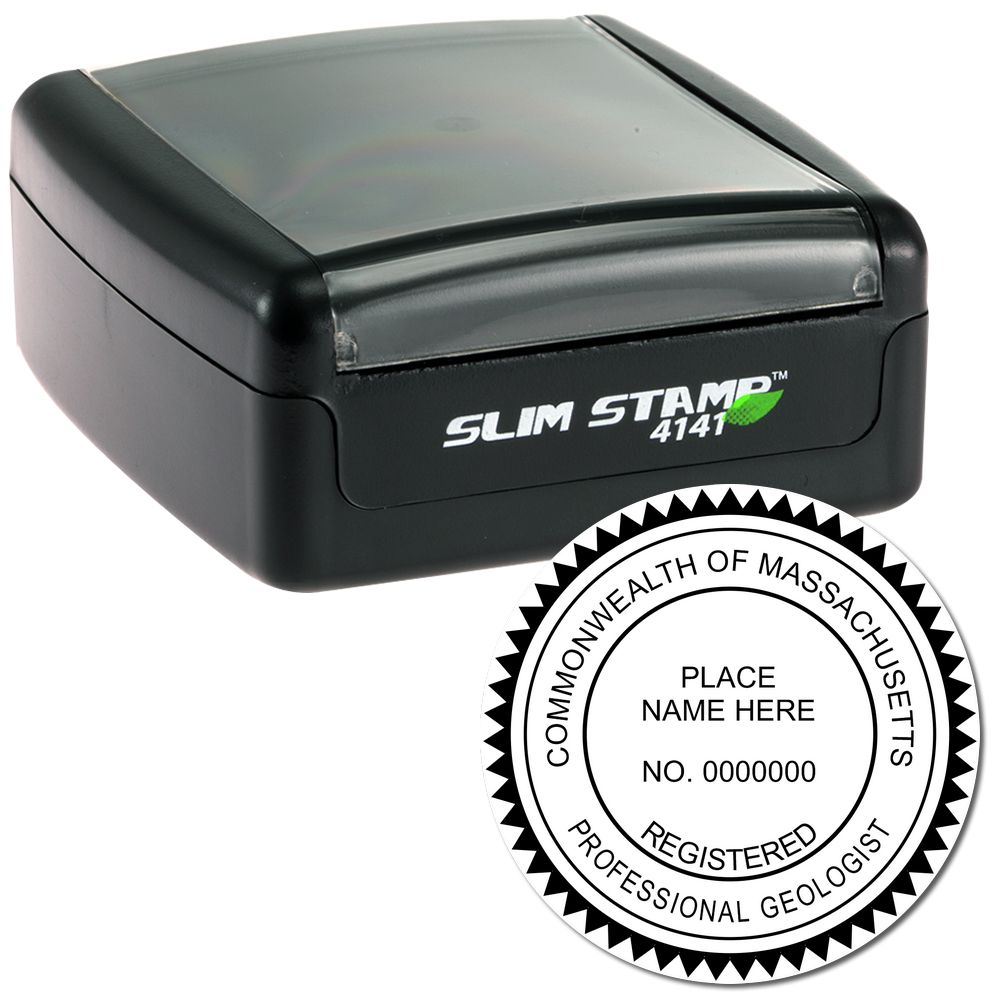Introduction to Alaska Engineering Seal Regulations
Engineering seals play a crucial role in ensuring the integrity and accountability of engineering work. In the state of Alaska, the use of engineering seals is regulated to maintain professional standards and protect public safety. This section provides an overview of Alaska's engineering seal regulations, including the importance of engineering seals and the specific requirements set forth by the state.
Understanding the Importance of Engineering Seals
Engineering seals, also known as professional engineer (PE) stamps, are official certifications that indicate an engineer's professional competence and authorization to take responsibility for engineering work. These seals are typically affixed to engineering documents, plans, or drawings to signify that the work has been reviewed, approved, or prepared by a licensed professional engineer.
The importance of engineering seals lies in the trust and confidence they inspire in the public and regulatory authorities. By affixing an engineering seal to their work, professional engineers assume liability for the accuracy, safety, and compliance of their designs. This ensures that engineering projects are carried out by qualified individuals who adhere to established standards, codes, and regulations.
Overview of Alaska's Engineering Seal Requirements
In Alaska, the use of engineering seals is regulated by the state's engineering licensing board, known as the Alaska State Board of Registration for Architects, Engineers, and Land Surveyors. This board sets forth the requirements and guidelines that engineers must follow when using an engineering seal in the state.
To be eligible for an engineering seal in Alaska, individuals must meet the requirements for licensure as a professional engineer. These requirements typically include a combination of education, professional experience, and successful completion of the Fundamentals of Engineering (FE) and Professional Engineering (PE) exams. For detailed information on the specific requirements, refer to our article on Alaska PE stamp requirements.
Once licensed as a professional engineer in Alaska, engineers can obtain an engineering seal that complies with the state's design standards. These design standards dictate the size, shape, and mandatory information that must be included on the engineering seal. For more information on the specific design requirements, refer to our article on Alaska PE stamp design standards.
Understanding the importance of engineering seals and familiarizing oneself with Alaska's engineering seal requirements are essential steps for any engineer practicing in the state. By adhering to these regulations, engineers can demonstrate their professionalism, protect public safety, and contribute to the overall integrity of the engineering profession.
Eligibility for an Alaska Engineering Seal
To obtain an Alaska Engineering Seal, it is important to understand the requirements for licensure as a Professional Engineer in the state of Alaska. Meeting these requirements is a key step towards becoming eligible to obtain and use an engineering seal.
Requirements for Licensure as a Professional Engineer in Alaska
To be eligible for licensure as a Professional Engineer (PE) in Alaska, individuals must meet the following requirements:
-
Education: Applicants must have a bachelor's degree or higher in engineering from an accredited engineering program recognized by the Alaska State Board of Registration for Architects, Engineers, and Land Surveyors.
-
Fundamentals of Engineering (FE) Exam: Prospective engineers must pass the Fundamentals of Engineering (FE) exam, which tests the knowledge and understanding of engineering principles and concepts. Successful completion of the FE exam is a prerequisite for taking the Professional Engineer (PE) exam.
-
Professional Engineer (PE) Exam: After passing the FE exam, individuals must pass the Professional Engineer (PE) exam in their chosen engineering discipline. The PE exam evaluates the applicant's competency in their specific area of engineering expertise.
-
Engineering Experience: In addition to passing the PE exam, applicants must possess four years of engineering experience gained under the supervision of a licensed Professional Engineer. This experience must be relevant to the engineering discipline in which licensure is sought.
Save 20%
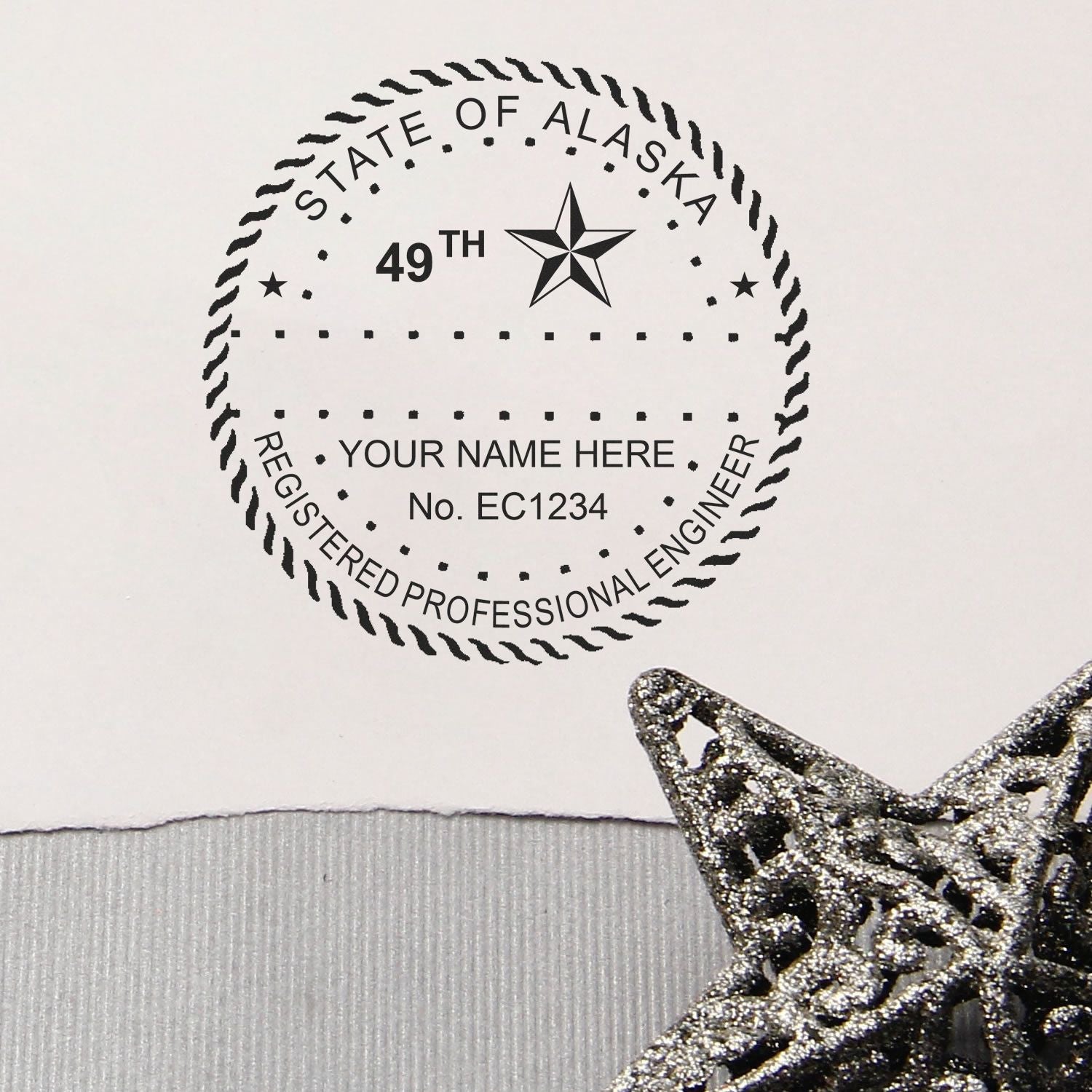 Digital Alaska PE Stamp, Electronic Seal for Alaska Engineer, 6 Files3008ENG-AKSale price$20.00 Regular price$25.00Save 22%
Digital Alaska PE Stamp, Electronic Seal for Alaska Engineer, 6 Files3008ENG-AKSale price$20.00 Regular price$25.00Save 22%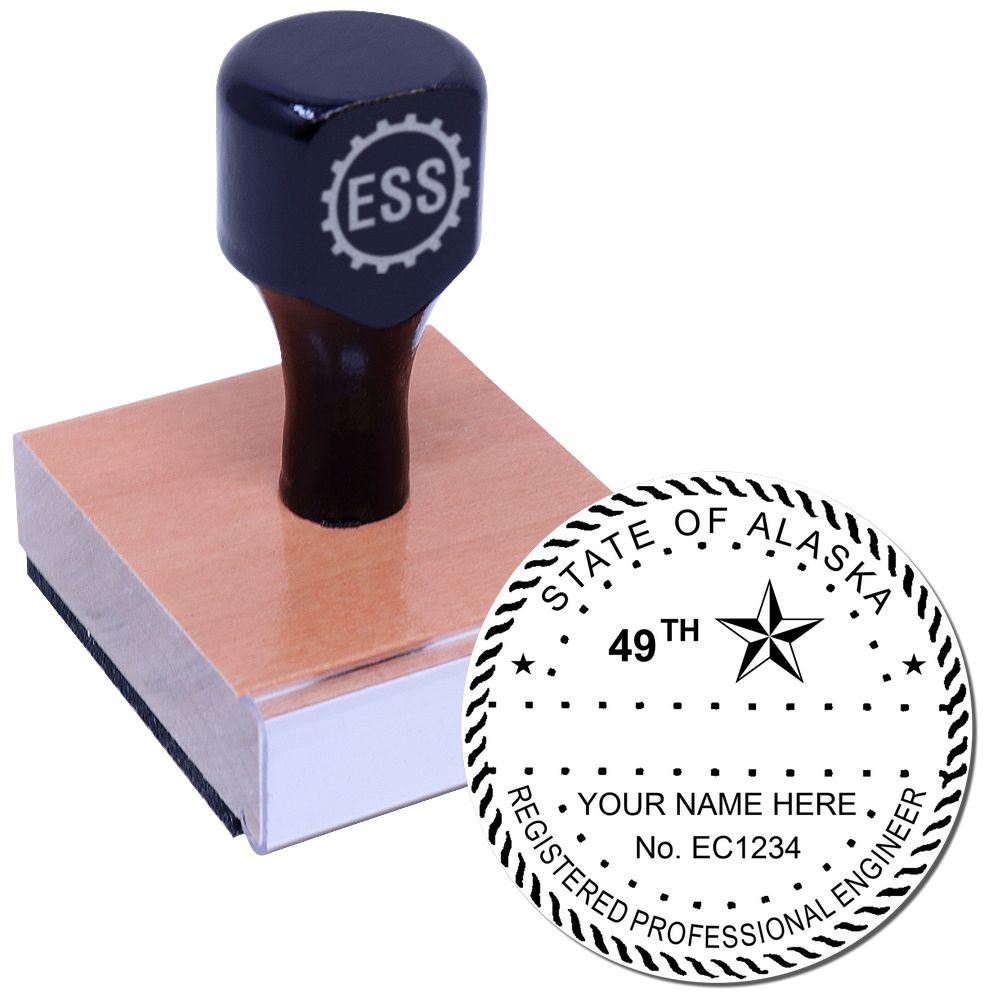
 Alaska Professional Engineer Seal Stamp, AK PE Stamp3005ENG-AKSale price$34.95 Regular price$45.00
Alaska Professional Engineer Seal Stamp, AK PE Stamp3005ENG-AKSale price$34.95 Regular price$45.00 -
Character References: Applicants are required to provide character references from individuals who can attest to their professional qualifications, ethical conduct, and good moral character.
For detailed information on the specific requirements and application process for licensure as a Professional Engineer in Alaska, refer to our article on Alaska PE stamp requirements.
Obtaining an Engineering Seal
Once an individual has obtained licensure as a Professional Engineer in Alaska, they are eligible to obtain an engineering seal. The engineering seal is a stamp or embossing tool that contains the engineer's name, registration number, and other required information.
To obtain an engineering seal, engineers can reach out to authorized vendors who specialize in producing customized engineering seals that meet Alaska's design standards. These vendors ensure that the engineering seals adhere to the size, shape, and content specifications outlined by the Alaska State Board of Registration for Architects, Engineers, and Land Surveyors. For more information on the design standards for engineering seals in Alaska, refer to our article on Alaska PE stamp design standards.
By meeting the licensure requirements and obtaining an engineering seal, engineers can demonstrate their professional competence and compliance with Alaska's engineering seal regulations. It is essential to understand and adhere to these requirements to ensure the proper use and validity of the engineering seal.
Design and Content Specifications
When it comes to the design and content of an engineering seal in Alaska, there are specific requirements that must be met. These specifications ensure consistency, authenticity, and compliance with Alaska's engineering seal regulations.
Size and Shape of the Engineering Seal
The size and shape of the engineering seal used in Alaska are regulated to maintain uniformity and readability. The Alaska Board of Professional Engineers requires that the engineering seal be circular in shape. The diameter of the seal should be a minimum of 1.5 inches (38.1 mm) and a maximum of 2 inches (50.8 mm).
Mandatory Information on the Engineering Seal
To meet the requirements of Alaska's engineering seal regulations, certain information must be included on the seal. The mandatory elements that should be present on the engineering seal are as follows:
-
The words "ALASKA" or "STATE OF ALASKA" should be displayed prominently on the top of the seal.
-
The full name of the professional engineer, as it appears on their license, should be included in the center of the seal.
-
The words "REGISTERED PROFESSIONAL ENGINEER" or "LICENSED PROFESSIONAL ENGINEER" should be placed beneath the engineer's name.
-
The license number of the professional engineer should be clearly stated on the seal. This ensures traceability and verification of the engineer's credentials.
It's important to note that the font used on the engineering seal should be legible and of sufficient size to ensure readability. The use of abbreviations or acronyms that may cause confusion or ambiguity should be avoided.
By adhering to the size and shape requirements and including the mandatory information, engineers can ensure that their engineering seal meets the standards set by Alaska's engineering seal regulations. For more detailed information on Alaska PE stamp requirements, please visit our article on alaska pe stamp requirements.
In the next section, we will explore the proper use and placement of the engineering seal to further understand the guidelines for compliance.
Proper Use and Placement of the Engineering Seal
To ensure compliance with Alaska's engineering seal regulations, it is crucial to understand the proper use and placement of the engineering seal. Adhering to these guidelines will help maintain the integrity of the seal and the documents it is affixed to.
Where to Place the Engineering Seal
When it comes to placing the engineering seal, it should be positioned on the final page of the engineering document or drawing. The location should be such that it is clearly visible and cannot be easily removed or altered without leaving evidence of tampering. This helps to protect the authenticity and validity of the document.
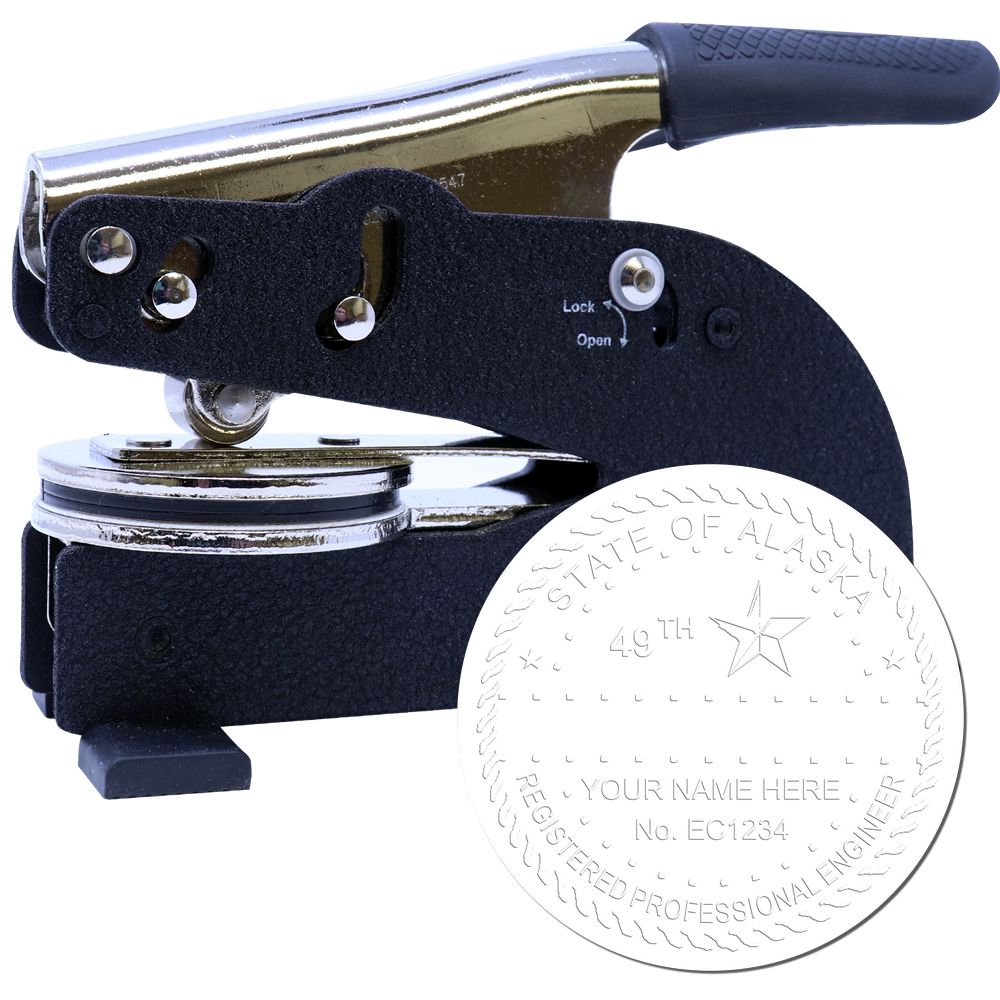
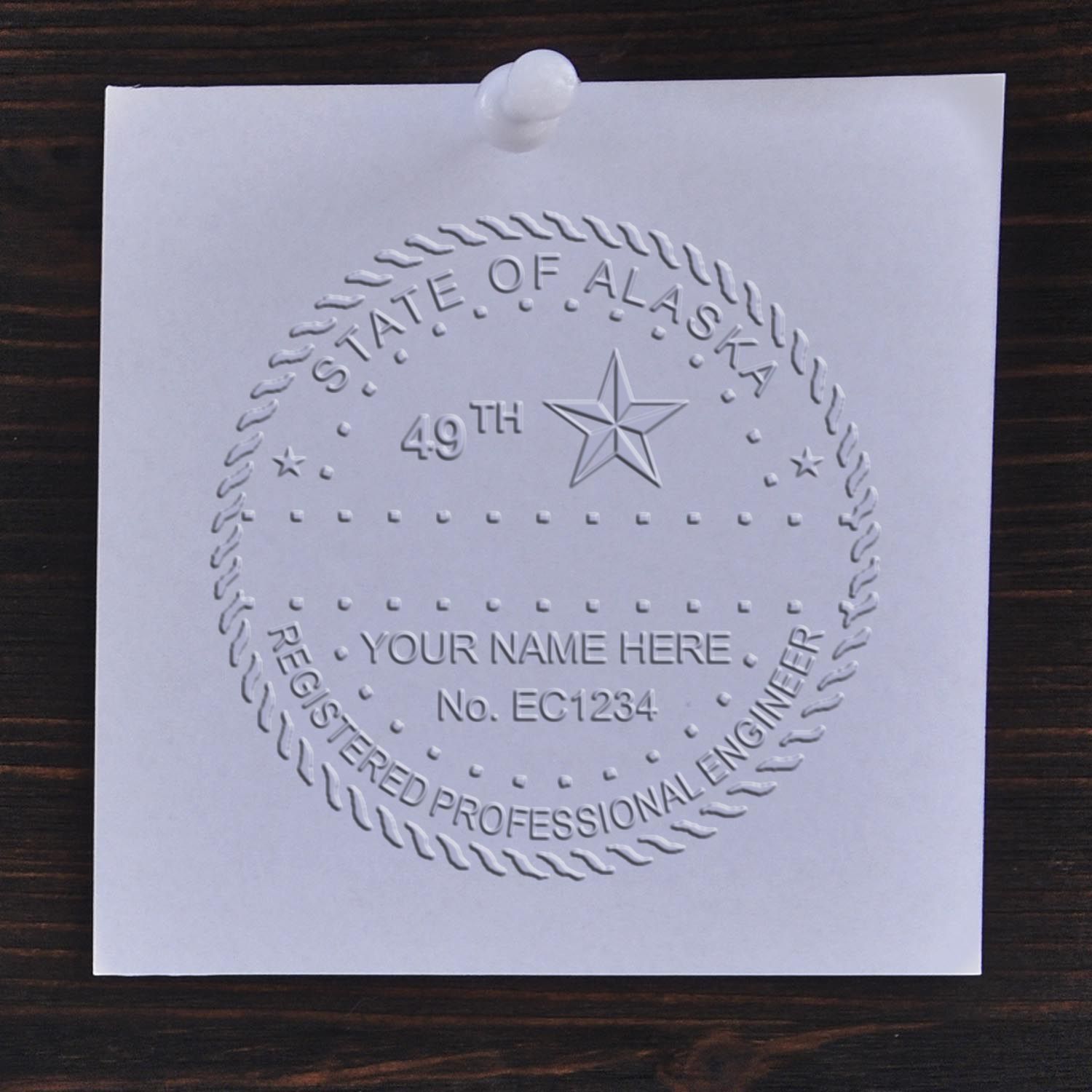
Guidelines for Using the Engineering Seal
Alaska's regulations outline specific guidelines for using the engineering seal. These guidelines include:
-
Size and Shape: The engineering seal must be circular in shape with a diameter of at least 1 ¾ inches. The size should be appropriate for the document it is being affixed to.
-
Color: The seal should be imprinted in black ink or any color that provides a clear and legible impression on the document.
-
Mandatory Information: The engineering seal must include the following mandatory information:
- The words "State of Alaska" and "Registered Engineer"
- The engineer's full name as it appears on their professional engineer license
- The engineer's license number as issued by the State of Alaska
For further details on the design specifications and requirements for the engineering seal, refer to our article on Alaska PE stamp requirements.
Remember, the engineering seal is a representation of your professional certification and carries legal significance. It is essential to use the seal responsibly and in accordance with the regulations. Violations or improper use of the engineering seal can have serious consequences, including potential legal liabilities. To understand the potential consequences of improper use, refer to our article on Alaska PE stamp guidelines.
By following the proper use and placement guidelines for the engineering seal, you can ensure that your engineering documents are compliant with Alaska's regulations and maintain the professional standards expected in the field.
Renewal and Replacement of the Engineering Seal
Once you have obtained your Alaska engineering seal, it's important to stay up-to-date with the renewal process and know what to do in case your seal gets lost or damaged. In this section, we will cover the steps involved in renewing your engineering seal and replacing a lost or damaged engineering seal.
Renewing Your Engineering Seal
In Alaska, engineering seals typically have an expiration date. To continue using your seal legally, you must ensure that it is renewed before it expires. The renewal process involves submitting the necessary documentation and fees to the appropriate licensing authority, such as the Alaska State Board of Registration for Architects, Engineers, and Land Surveyors.
To renew your engineering seal, you will typically need to provide the following:
- Renewal Application: Complete the renewal application form, which may require you to provide updated contact information and attest to the accuracy of your professional record.
- Continuing Education: Provide evidence of completing the required continuing education hours as mandated by the licensing board. This may include attending educational seminars, workshops, or courses related to engineering practices and ethics.
- Renewal Fee: Pay the renewal fee, which varies based on the licensing board and the type of engineering license you hold.
It's important to note that the specific requirements for renewing your engineering seal may vary. Therefore, it is advisable to consult the licensing board directly or refer to their official website for detailed information on the renewal process. Our article on Alaska PE stamp requirements provides additional insights into the specific requirements for renewing your engineering seal in Alaska.
Replacing a Lost or Damaged Engineering Seal
In the unfortunate event that your engineering seal is lost, stolen, or damaged beyond use, you will need to obtain a replacement seal. The process for replacing an engineering seal in Alaska may involve the following steps:
- Notification: Notify the appropriate licensing authority about the loss or damage of your engineering seal. This may require submitting a written statement detailing the circumstances and providing any supporting documentation, such as a police report in the case of theft.
- Affidavit: Depending on the licensing board's requirements, you may need to complete an affidavit affirming that the lost or damaged seal will not be used and that you will take appropriate measures to prevent its misuse.
- Replacement Fee: Pay the fee associated with obtaining a replacement engineering seal. The fee may vary depending on the licensing board.
To ensure a smooth replacement process, it is advisable to reach out to the licensing board directly or consult their official website for specific instructions and requirements. Our article on Alaska PE stamp guidelines offers additional information on the guidelines and regulations for using the engineering seal in Alaska.
By staying informed about the renewal process and knowing the steps to take in case of a lost or damaged engineering seal, you can ensure that you are in compliance with Alaska's engineering seal regulations and continue to use your seal effectively and legally.
Frequently Asked Questions
As you navigate through the regulations and requirements for obtaining and using an engineering seal in Alaska, you may have some questions. Here are the answers to some frequently asked questions regarding Alaska's engineering seal regulations.
Can I use an out-of-state engineering seal in Alaska?
No, Alaska requires engineers practicing within the state to obtain a specific Alaska Engineering Seal. Out-of-state engineering seals are not recognized or accepted for use in Alaska. It is essential to comply with the state's regulations and obtain the appropriate Alaska Engineering Seal to ensure compliance with local requirements. For more information on the specific requirements for an Alaska PE Stamp, refer to our article on Alaska PE Stamp Requirements.
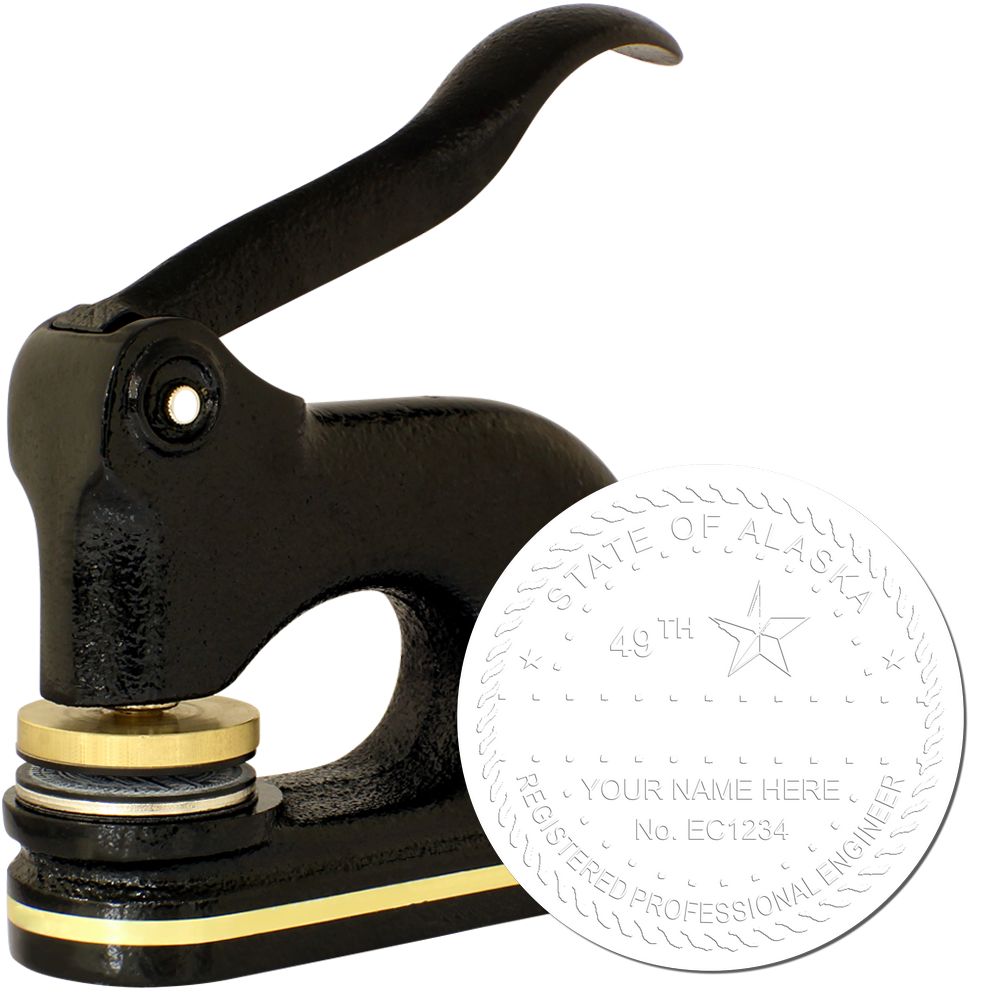
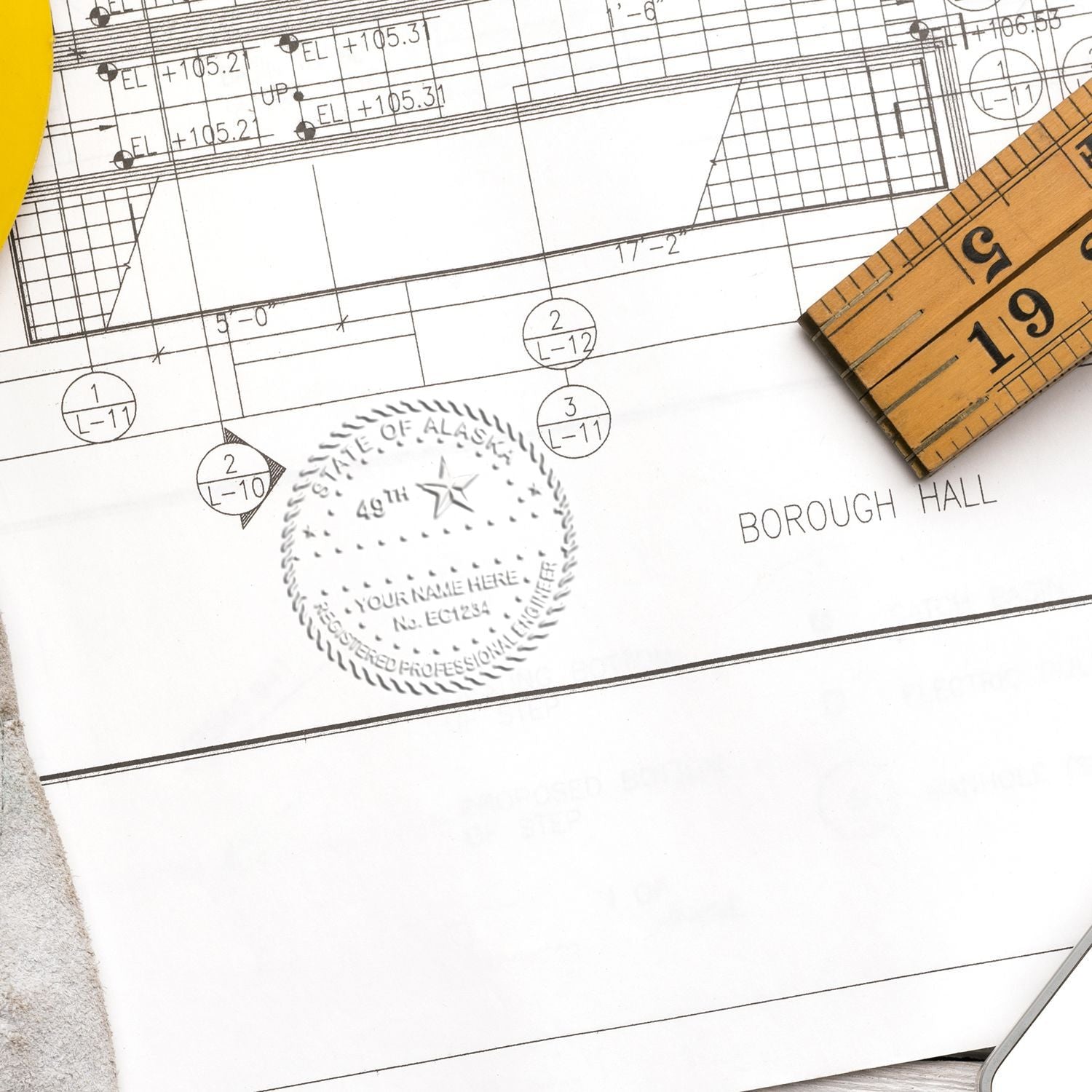
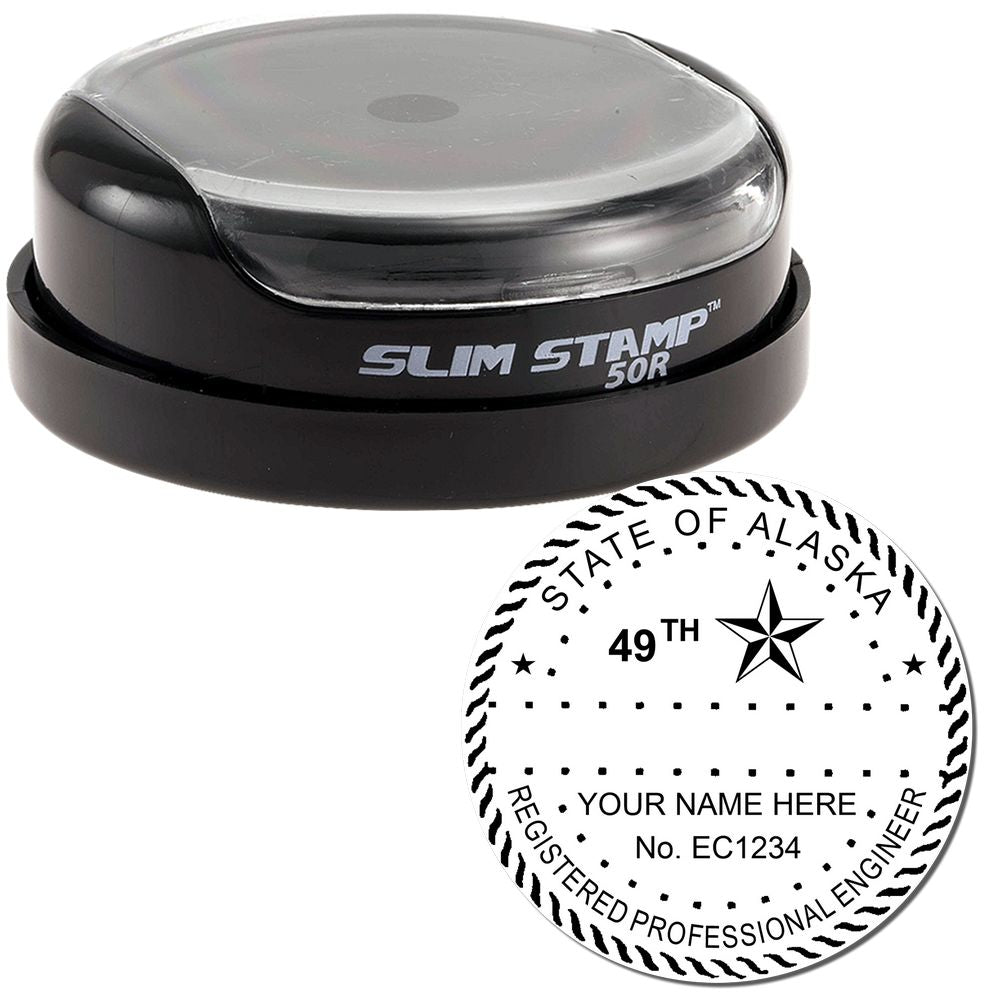
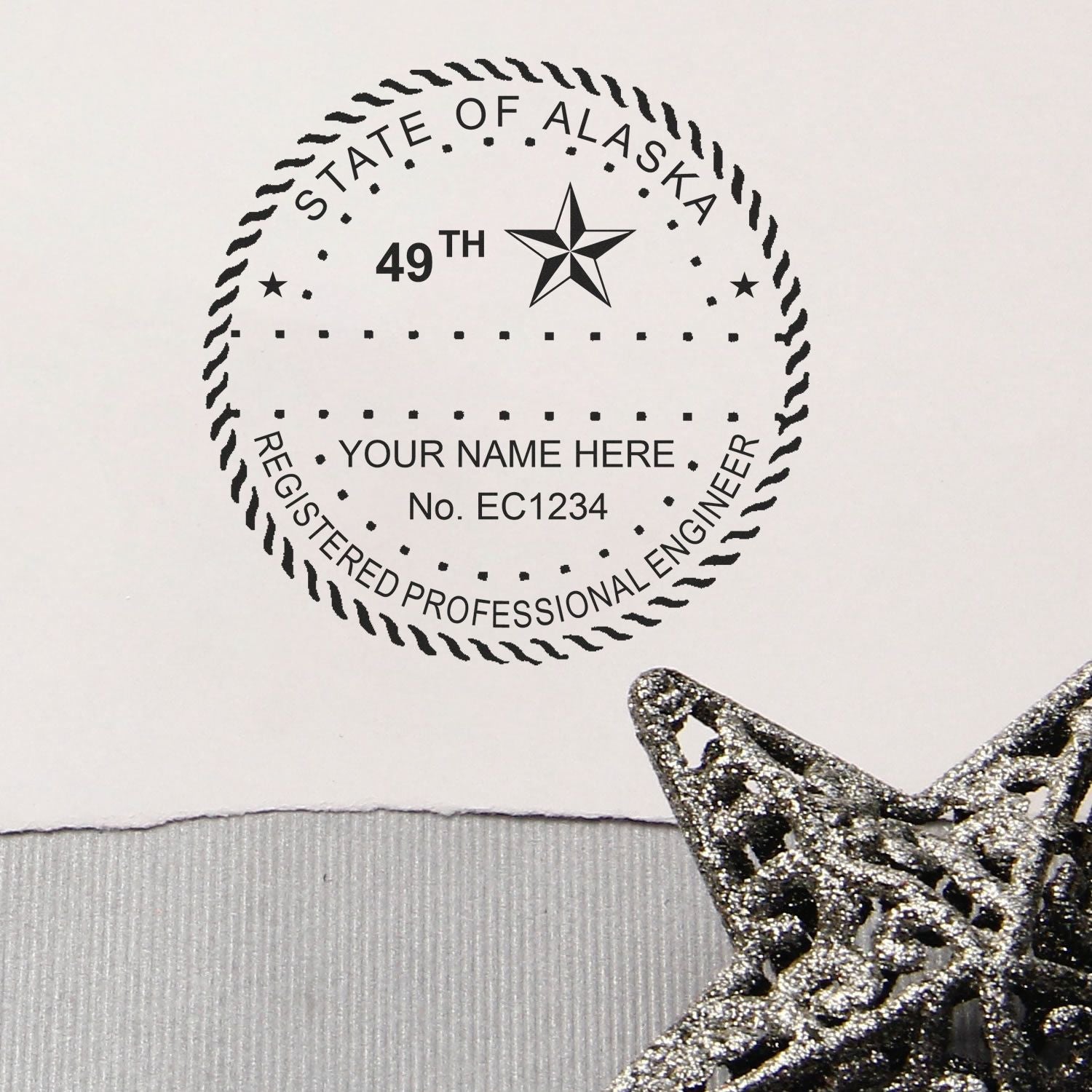
Can I use a digital or electronic engineering seal in Alaska?
Yes, Alaska allows for the use of digital or electronic engineering seals, provided they meet specific requirements outlined by the state. These requirements include the use of a secure digital signing process to ensure the integrity and authenticity of the digital seal. It is important to familiarize yourself with the guidelines for using a digital or electronic engineering seal in Alaska. For more details on the design standards and guidelines for an Alaska PE Stamp, refer to our article on Alaska PE Stamp Guidelines.
What are the consequences of improper use of the engineering seal?
Improper use of the engineering seal can have serious consequences. In Alaska, the improper use of an engineering seal is considered a violation of professional engineering regulations. Consequences can include disciplinary actions, fines, suspension, or even revocation of professional engineering licenses. It is crucial to adhere to the proper use and placement guidelines of the engineering seal to avoid any legal or professional repercussions. Familiarize yourself with the design standards and requirements to ensure compliance. For more information on the design standards for an Alaska PE Stamp, refer to our article on Alaska PE Stamp Design Standards.
By understanding these frequently asked questions, you can ensure that you are well-informed about the use of engineering seals in Alaska. Remember to follow the specific regulations and guidelines to maintain compliance and uphold the professional standards expected in the field of engineering.
About ESS
At Engineer Seal Stamps (ESS), we aren't just makers; we're dedicated craftsmen passionate about bringing precision to your fingertips. Specializing in the creation of custom rubber stamps, professional seals, and notary stamps, our expertise is underpinned by a steadfast commitment to stellar customer service. Every ESS product isn't just a tool, but a promise—backed by our state board guarantee, ensuring that each seal and stamp you receive from us is of impeccable standard. Our dedication extends beyond the product; we pride ourselves on being responsive, attentive, and always in tune with our customers' needs. Choose ESS, where excellence meets assurance, and every impression counts.

